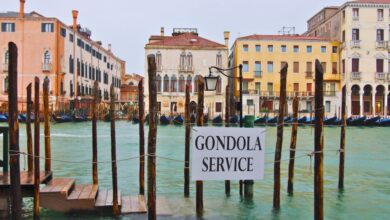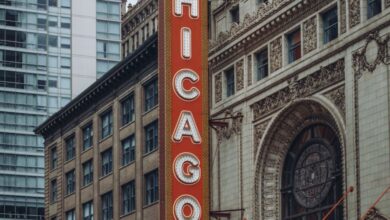How Do You Plan a City Walking Tour
City walking tours offer a unique way to explore urban landscapes, delve into local culture, and uncover hidden gems. Whether you’re a seasoned traveler or a curious local, planning a walking tour can transform your experience of a city. The key to a successful tour lies in thoughtful preparation, knowledge of the area, and an understanding of what makes your chosen destination special. Here’s how to create an engaging and memorable city walking tour.
Choosing Your Route
Start by selecting a specific area or theme for your walking tour. Consider what interests you most—historical sites, vibrant street art, culinary delights, or architectural wonders. Research neighborhoods that align with your theme. For example, if you’re interested in history, you might focus on a district rich in heritage buildings and museums. Use online maps, travel guides, and local blogs to identify potential highlights along your route.
Once you have a general idea of the area, sketch out a rough route. Aim for a balance between well-known attractions and lesser-known spots that provide a sense of the city’s character. Ensure the walking distance is manageable, especially if you plan to spend time at each stop. A good rule of thumb is to keep your tour between one to three miles, allowing for leisurely exploration.
Gathering Relevant Information
As you refine your route, gather information about each stop. Look for interesting anecdotes, historical facts, or cultural significance that can enrich your tour. Websites, travel books, and local tourism boards can be treasure troves of information. If possible, reach out to local experts or guides who can provide insights or recommend hidden gems you might overlook.
Consider the timing of your tour. Some attractions have specific opening hours, and certain neighborhoods come alive at different times of day. Early morning walks might be perfect for enjoying a quiet atmosphere, while evenings can offer vibrant nightlife experiences. Factor in seasonal variations too—some areas may be more appealing during spring or fall.
Engaging Your Audience
If you’re planning to lead a group, think about who your audience will be. Tailor the content of your tour to suit their interests. For example, a family-friendly tour might include interactive elements such as scavenger hunts or storytelling. A tour designed for art enthusiasts could focus on galleries and street murals, while a food tour might involve tastings at local eateries.
Interactive elements can enhance the experience. Consider incorporating quizzes, challenges, or opportunities for participants to share their thoughts at each stop. This not only keeps everyone engaged but also fosters a sense of community and connection among participants.
Practical Considerations
Before you set out, ensure you’re prepared for a comfortable and enjoyable experience. Check the weather forecast and dress accordingly. Comfortable shoes are a must, as you’ll likely be on your feet for a few hours. Bring along essentials like water, snacks, and a first-aid kit for unexpected situations.
If your tour involves visits to specific venues, check if they require reservations or have any entry fees. It’s also wise to have a backup plan in case of closures or inclement weather. Consider alternative indoor stops, such as museums or cafes, where you can regroup if necessary.
Making the Experience Memorable
To truly elevate your walking tour, think about the sensory experiences you can incorporate. Encourage participants to engage with the environment—listen to street musicians, savor the aroma of local cuisine, or appreciate the textures of historical buildings. These elements can enhance the overall experience, making it more immersive and memorable.
Capture the moment too! Encourage participants to take photos along the way and share their experiences on social media. Creating a unique hashtag for your tour can help build a community around your event and allow participants to reconnect after the tour ends.
Crafting Your Urban Adventure
Planning a city walking tour is a rewarding endeavor that allows you to share your love for a place with others. By thoughtfully selecting your route, gathering engaging information, and considering the needs of your audience, you can create an unforgettable experience. The magic of a city often lies in its streets, and a well-planned walking tour will guide you and your participants through its vibrant stories, hidden corners, and unique charm.







